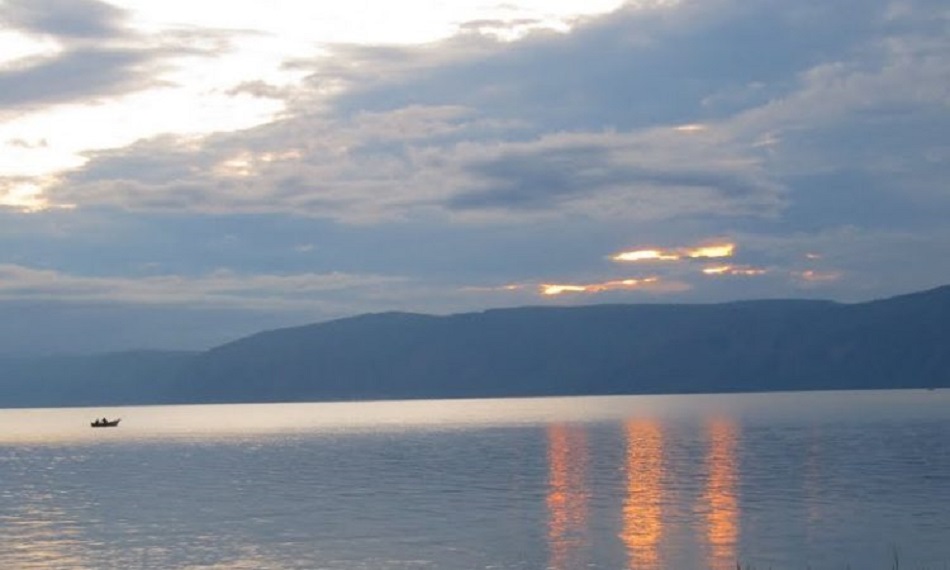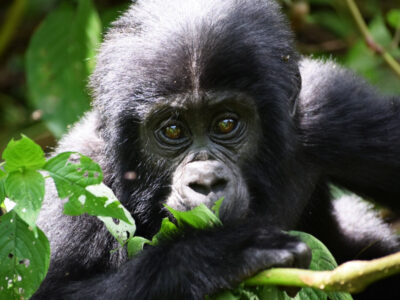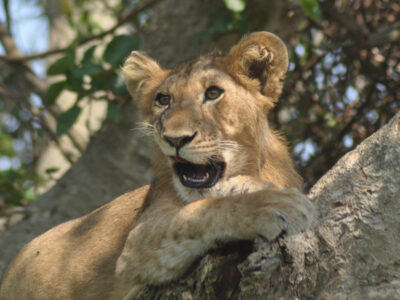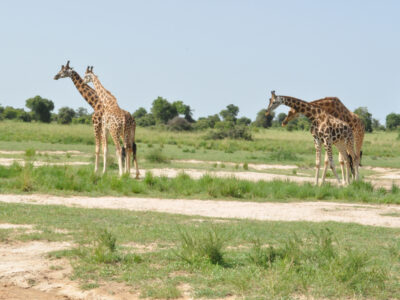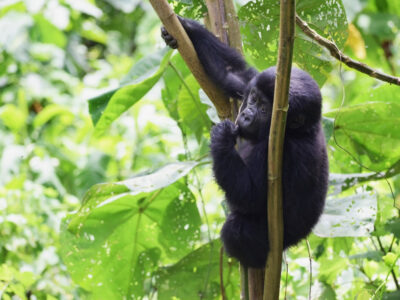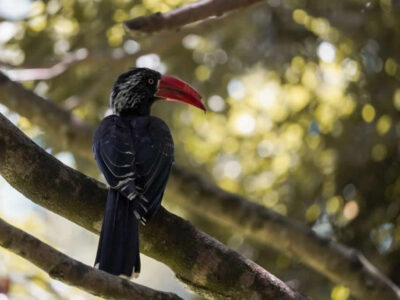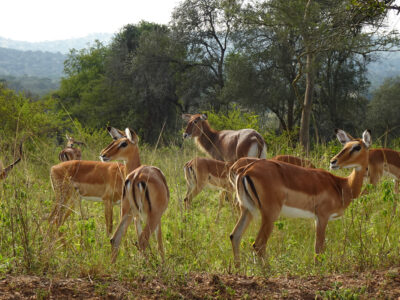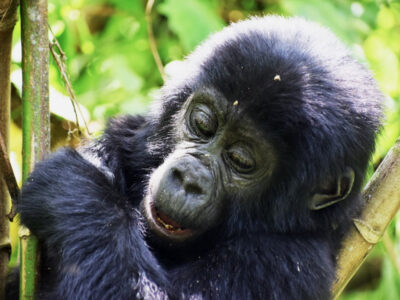Uganda is endowed with unique water features, such as lakes, rivers, and wetlands, in addition to its abundant fauna. Nearly a fifth of Uganda’s land area is covered by open water, making it a member of the African Great Lakes region. They are essential to the nation’s economy and biodiversity, but environmental problems are threatening their future. The queen of England’s son, Edward of Whales, is honored with a lake named Lake Victoria, which also bears his name, as is Lake George, Lake Albert, Lake Katwe, and Lake Bunyonyi.
Several countries that border the African Great Lakes are included in the territory of the African Great Lakes, including Burundi, the Democratic Republic of the Congo, Kenya, Malawi, Rwanda, and Tanzania. Great lakes Lake Victoria, Lake Albert, and Lake Edward are all partially located in Uganda. Nearly all of Uganda’s surface area is included within the Nile basin, and these lakes all empty into the White Nile, one of the two major tributaries of the Nile.
Reasons to visit Uganda’s lakes
The biggest freshwater lake on the continent, the origin of the longest river, and the most powerful waterfalls are some of Uganda’s notable characteristics. The majority of these lakes are connected to several national parks that offer a variety of activities and are therefore likely to receive more visitors. We may plan a safari schedule for you that includes a wildlife safari or a primate safari package, allowing you to visit several of these lakes.
Every lake described above has a traditional local history attached to it, including information about how it was formed, what it signifies, and what the residents think. These fascinating tales are worth hearing while visiting any of the lakes.
All of Uganda’s major lakes offer tourism-related activities on the lake, such as boating to observe different animals and aquatic life including hippos, crocodiles, and fish, as well as sports like water rafting and fishing. These pursuits are among the things that make people love to visit Uganda’s lakes and other bodies of water.
- Lake Victoria
With an area of 68,800 square kilometers in the eastern rift valley arm of east Africa, Lake Victoria is the largest lake in Uganda and the second largest lake in the world after Lake Superior in the USA. The renowned freshwater lake was created when water filled the basin created by the warping of east African bedrocks. Before being given the name Queen Victoria by John Speke, the lake was known locally as “Nalubaale,” which means the wonderful house for the spirit.
What makes Lake Victoria so unique?
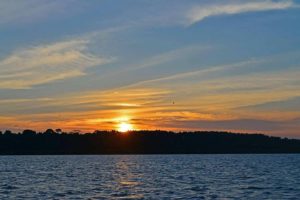
The largest portion of Lake Victoria is shared by the three East African nations of Tanzania, Kenya, and Uganda. Tanzania has around 49 percent of Tanzania’s 30,000 square kilometers, about 45 percent of Uganda’s 28000 square kilometers, and about 6 percent of Kenya’s 2500 square kilometers.
Approximately 59,976 square kilometers (23446 square miles) in size, Lake Victoria is the largest lake in the nation, the largest lake in Africa, and the second-largest lake in the world (after Lake Superior).
More than 3000 islands may be found in Lake Victoria. The best illustration is on Ssese Island with over 84 islands that make up the landmass of Ssese Island, which is situated in Uganda’s southwestern part of the
The longest river on the continent, the Nile, originates in Lake Victoria and flows northward via Ethiopia and Sudan to the Mediterranean Sea.
Activities are done at Lake Victoria.
Boat cruising
Due to its location in the nation’s capital city of Kampala, Lake Victoria offers the best boat cruising activity in the nation. People from many regions frequent the area on the weekends for relaxation, and cruising is one of the things they most like.
Birding
Birding has been made possible by the greenery surrounding the lake, which serves as a haven for many different bird species. Bird watching on Lake Victoria has become a popular activity for both domestic and foreign tourists. Your birding tour will take you to the chimpanzee sanctuary and birding area of the Ngamba Islands, as well as the birding spot of Mamba Swamp. Birds to be sighted there include giant kingfishers, marabou stock, weaver birds, and bee-eaters among others.
Spot fishing activities
Tourists compete to catch or net the enormous Nile perch fish during fish spotting activities on Lake Victoria. In addition to those, Lake Victoria is proud of other things like the spectacular day and sunset boat trips that take you to various islands, water rafting, water tubing, and other vacation activities.
Lake Edward and George
There is probably not much in common between these two lakes other than the fact that they are both located in rift valleys. With a surface area of (2325 sq km), an elongated shape, and a depth of 913 m, Edward is a deep lake. It is shared by Congo and Uganda, with River Mpanga and Mubuku serving as their principal inlets.
Smaller (250sq km), shallow, and bordered by a swamp is Lake George. It is silted, and because it is higher than 2.4 meters, the Rwenzori’s silt washdown poses a threat to its survival. The Kazinga Channel, a meandering silver beach that flows through Queen Elizabeth National Park on the right for around 40 kilometers, connects the two.
In contrast to Lake George, which was given its name by Sir William Johnson in honor of King George II of England, Lake Edward was given by the European explorer Sir Henry Morton Stanly in 1886.
Activities carried out at Lake Edward and George
Numerous tourist activities can be enjoyed at the Kazinga canal, which connects Lake Edward and Lake George, including boat tours, hippo viewing, birding along the shores, and the fish spot where you may participate in catching fresh fish. Within Queen Elizabeth National Park are both lakes.
Lake Albert
As it rises northwards, Lake Albert, the largest of Uganda’s three rift valley lakes, has an area of 53000 square kilometers. It is the deepest lake, measuring roughly 613 meters, and the longest rift valley lake. In the past, Lake Albert was known as “Mutanzige,” a term from the region that means “killing locusts.” According to legend, because the locusts couldn’t fly across the lake, they would perish in the center. European explorer Sir Samuel Baker, who originally discovered it in 1873, later gave it the name Albert the prince of England.
Because oil was found at the lake’s north showers and is currently being extracted, Lake Albert has recently been mentioned in headlines. Murchison Falls and other minor rivers that feed the lake and the adjacent wetlands are attractions away from the Lake Albert path. Fishing is the most popular activity, but the Bulisa district residents also rare cattle
Lake Bunyonyi
In southern Uganda, near the Rwandan border, in the Kabale and Kisoro districts, Lake Bunyonyi—also known as the home of small birds—is situated. The depth of Lake Bunyonyi, which is the third deepest lake in Africa, ranges from 44 to 900 meters. Lake Bunyonyi is 1963 meters above sea level, 26 kilometers long, and 7 kilometers wide.
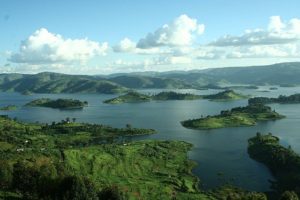
With 29 islands of all sizes and shapes, Lake Bunyonyi is the most stunning and fascinating lake in all of Africa. Locals use these islands for villages, schools, lodging, and farming. The lake is bordered by the lush hills of Kigezi highlands.
Among other tourist attractions, Lake Bunyonyi is the ideal place to go bird watching. It also offers some of the most gorgeous and wonderful lodgings in the entire nation. The majority of tourists are drawn to this lake because it has multiple terraced hills, making it the second most popular tourist destination.
It encourages safe swimming and other related activities that can be enjoyed while staying in Lake Bunyonyi, such as canoeing, hiking in the highlands, birding, water sports like boat riding, and many more. Lake Bunyonyi is the only freshwater lake without crocodiles and bilharzia illness.
Bird watching, nature hikes, boating, swimming, and learning about the Batwa culture are just a few of the things you can do at Lake Bunyonyi.
All lakes have lovely lodgings that provide expansive vistas and a wonderful opportunity to discover the true nature of their formation. They provide their visitors with excellent services that fit your budgetary, midrange, and luxury needs.
Lake Katwe
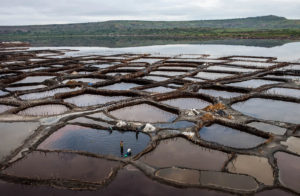
The saltwater lake known as Lake Katwe is situated in the center of Queen Elizabeth National Park in southwest Uganda. It was created without any water streams or outlets, making it a salty lake with significant mineral concentration and strong evaporation throughout the dry season.
It is common practice to mine salt from Lake Katwe, which is well known for producing a significant amount of salt. The lake was created by ancient volcanic eruptions some 10,000 years ago. From the lake right up to the landing place, the nearby local community extracts rock salt, which is then dried and sold. A visit to this lake Katwe provides a chance to learn about the skill of salt water and to speak with salt miners about their experiences in the industry.
There has always been mining, and today’s miners still harvest salt using age-old techniques. At this lake, salt is extracted primarily in three different forms: edible salt (also known as sodium chloride), animal-leaked crude salt, and unclean salt. The mining ponds serve as a water source and are home to creatures that prefer to live in wet places.
Lake katwe can be visited on a safari to Queen Elizabeth national park during game drives around the kasenyi sector. Or check our 3 days trip to Queen Elizabeth national park to experience its nature.

